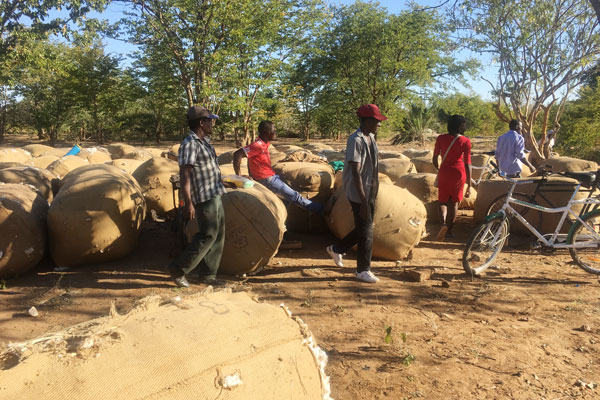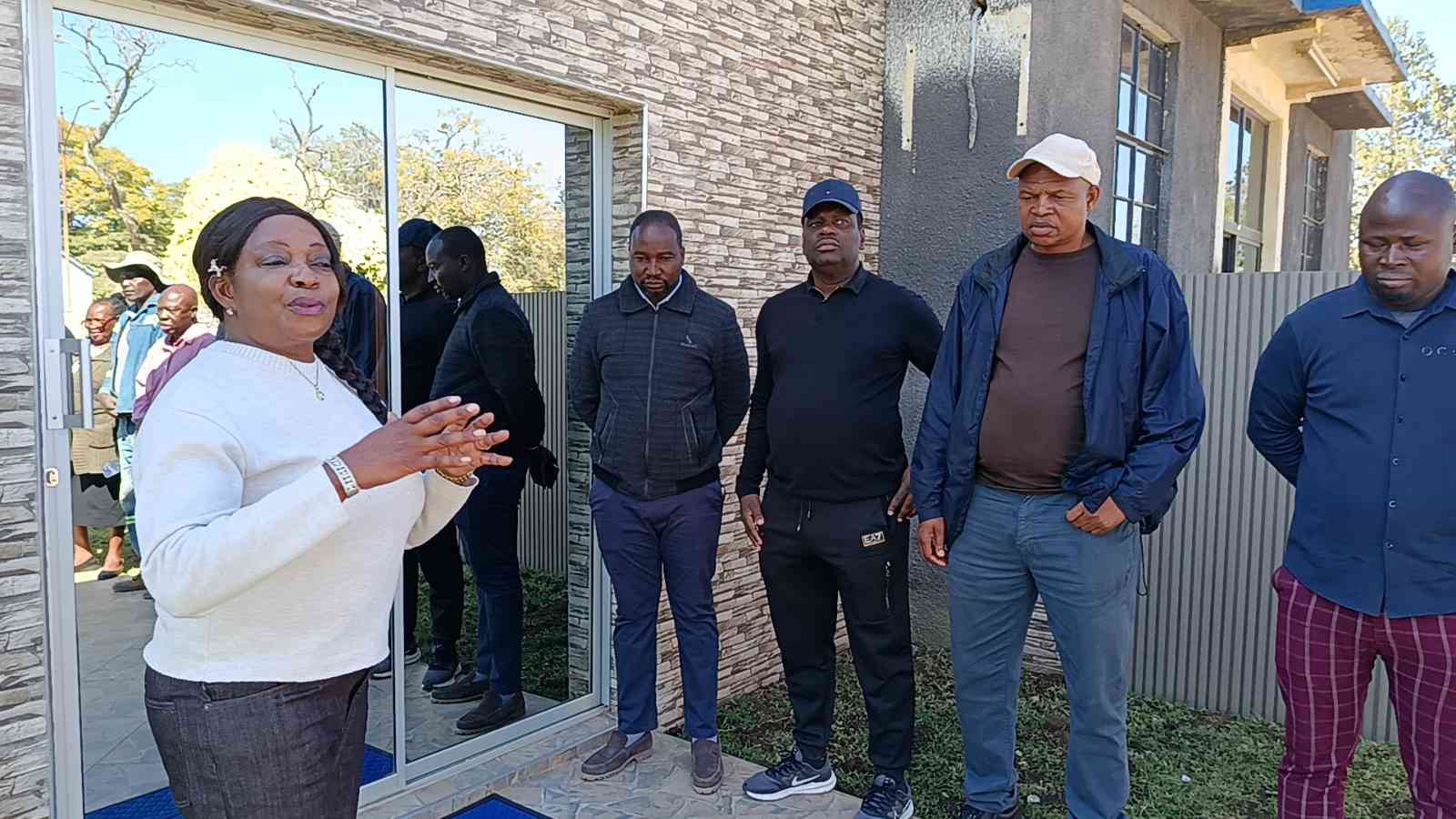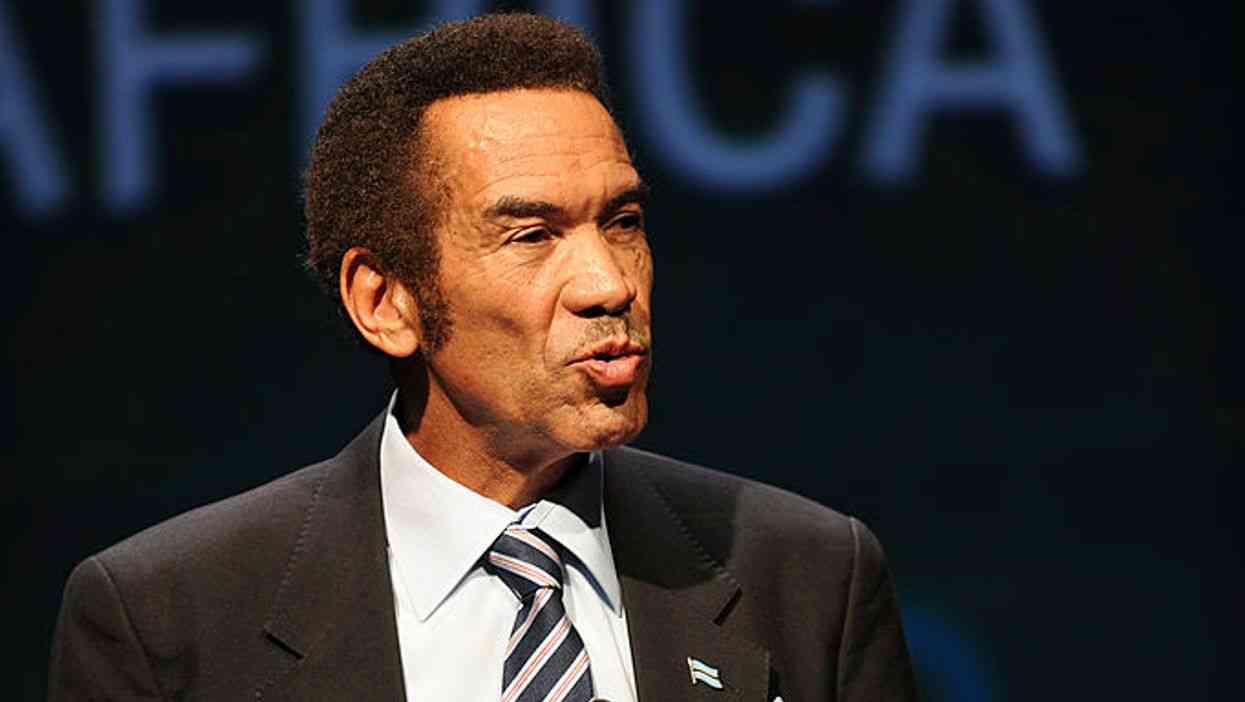

News in depth BY MOSES MUGUGUNYEKI
In his prime, Mattress Maribha would carry wads of cash to a local shopping centre, which earned him the moniker “Maputumaputu” from fellow villagers in the Goredema area under Chief Chireya in Gokwe North district.
His cotton produce was excellent every year and it made him the darling of the community.
Maribha, like any other cotton farmer in Gokwe North, was lured to grow the “white gold” by the attractive returns.
However, last week Maribha told The Standard that growing the crop was no longer viable, pushing him and many other families in cotton-growing areas into poverty.
“In the past, government ensured that ginners and buyers supported cotton production — those who only came to buy the crop were not tolerated,” Maribha said.
He said government’s failure to come up with a competitive pricing regime supported by favourable agricultural policies had compelled most farmers in his area to switch to growing other crops like maize.
Gokwe North and South in Midlands province and Sanyati and Hurungwe in Mashonaland West province as well as Mt Darwin and Muzarabani in Mashonaland Central province were renowned cotton-producing areas and recorded phenomenal infrastructural development just after independence.
- Chamisa under fire over US$120K donation
- Mavhunga puts DeMbare into Chibuku quarterfinals
- Pension funds bet on Cabora Bassa oilfields
- Councils defy govt fire tender directive
Keep Reading
There was mass exodus of villagers from other districts, particularly from arid areas such as Mberengwa, Shurugwi and Zvishavane in Midlands, as well as Gutu, Zaka and Chivi in Masvingo who were enticed by cotton farming and came to settle in the two districts of Gokwe.
“We left our home in Shurugwi shortly after independence and came to settle here in Nembudziya.
“All was rosy during the first two decades, but at the turn of the millennium there were some changes in the way the industry operated and it destroyed cotton farming,” said a villager from an area called Maselukwe under Chief Nembudziya in Gokwe North.
Several farmers who spoke to this publication last week said the introduction of more players in the cotton industry — mainly Chinese and Indians — coupled with the demise of traditional players like Cargill, brought misery to the farmers.
The Cotton Company of Zimbabwe and Cargill came into being at the height of trade liberalisation in 1994 to replace the Cotton Marketing Board, which was then the sole cotton merchant in the country.
A gloomy picture was painted about the future of the industry, as seen by the significant reduction in cotton production.
Cotton production in Zimbabwe declined to an all-time low of 32 000 tonnes in 2016 from 84 000 tonnes in 2015, and 143 000 tonnes in 2014 after a decade-long spell of perceived low prices averaging US$0,30 per kilogramme.
The entire cotton industry value-chain has collapsed, a development that has heralded doom for communities where the crop is grown.
Meanwhile, most communities in Gokwe North have been left out of development programmes that were undertaken by the government since the demise of the cotton industry more than two decades ago.
The current state of the economy has failed to spur development in this district, one of the biggest in the country with a population of 301 000 people and the most impoverished.
A recent visit to Gokwe North showed an appalling scenario with no meaningful development with the limited infrastructure becoming obsolete, and basic services such as water provision, health and education remaining unattended over the years.
Villagers said Gokwe North has been neglected during the last 39 years considering the district used to have a booming cotton industry.
They said their area’s development would remain in the blind spot for the foreseeable future since cotton farming was no longer viable.
Most roads in Gokwe North are awful and impeding development.
Villagers in Copper Queen, Tshoda, Zhomba and Gandavaroyi said the poor road network was making life difficult for them. They said government has abandoned them for many years.
“Roads are a major problem in this area. We were hoping that government would chip in and assist us,” said Emmanuel Murenjekwa.
Murenjekwa, who dumped cotton farming for the more “lucrative” gold-panning at Zenda Mine, said there were no buses to service the area.
“We no longer have buses linking us with towns. People now use kombis [commuter omnibuses], which are not reliable and charge outrageous fares,” he said.
He said for one to go to Mtora growth point (Nembudziya) using a kombi, they have to pay between $15 and $20 in fares for a distance of about 55km.
“It takes about three hours to get to Mtora from here because the road is bad. When it rains, the roads are impassable,” he said.
This publication established that major roads that link Mtora growth point and most urban centres are in a sorry state and some bridges have been washed away while some roads have become impassable.
Several road construction projects have stalled for close to two decades.
Major road projects that include the Nemangwe-Kuwirirana Road and the Sanyati-Nembudziya Road have been suspended for some time and are all in limbo.
Gokwe North district administrator Isaac Mutambara conceded that the poor roads had restricted accessibility in the area thereby limiting service delivery.
“You will realise that Gokwe North is one of the biggest districts in the province, but the biggest challenge is that of our poor roads,” Mutambara said.
“This is one of the reasons impeding accessibility, especially in the area of health as we cannot reach some places due to poor roads.”
Villagers also pointed out that they have been failing to access health facilities for many years.
“In my area of Kahobo under Chief Chireya, people die after failing to access health services.
“The nearby clinics are incapacitated that we end up being referred to Chireya Mission or at the district hospital at Mtora growth point,” said Jega Masasa, who left his home to do gold-panning at Zenda Mine.
District Aids coordinator for Gokwe North Isaki Chiwara said the situation was dire for pregnant women and people on antiretroviral treatment.
“Most women have to walk long distances to access neonatal services at health centres and this applies to people on antiretroviral treatment who have to access drugs,” he said.
“We have, however, created community ART (antiretroviral treatment) refill groups where villagers take turns to go and collect their anti-retroviral drugs on behalf of those in their group, thereby reducing costs patients bear in travelling long distances to access treatment.”
Chiwara said there were 22 health facilities in the district that were supposed to cater for a population of 301 000.
Gokwe North has a number of major service centres that are yet to be electrified. This has scared away investors at these centres whose growth hinged on cotton growing.
Mtora growth point, which recorded phenomenal infrastructural development shortly after Gokwe North district was weaned off Gokwe in the mid-1990s, is now a shadow of its former self.
There is no development to talk about. Most projects that were spurred by cotton farming have been neglected, with some buildings being white elephant.
“It has been long since we saw development at Mtora, serve for the district hospital that opened its doors a few years ago. There is no life at the growth point and you cannot compare this centre with places like Mpandawana, Jerera or Mubaira growth points,” said Luckson Shumba, a resident at the centre.
Shumba said during its heyday, more than 15 buses used to pass through the centre to different parts of the district.
“We had buses that passed through here cutting across the district from Mashonaland West to Matabeleland or Midlands provinces with some going as far as Chipinge,” he said.
“This centre was a hub of activity, but everything collapsed with the death of cotton farming.”
Shumba said they were not privy to what was happening in the country and other countries as they were not accessing newspapers and the broadcasting signals were poor.
“We hardly read newspapers here and we have poor radio signals,” he said.
Shumba said their situation was exacerbated by the fact that they were not receiving ZBC-TV signals.
Mutambara said cotton farming was on the rebound due to government’s agricultural policies, but pointed out that this year’s yield was affected by pests.
“Cotton growing is the backbone of this district and government has been supporting farmers to grow cotton,” he said.
“However, efforts to have a favourable yield this season hit a brick wall following an aphid outbreak that destroyed the crop.”
Mutambara said about 95% of the population was food-insecure.
“Most of the maize crop was a write-off and people are in dire need of food aid,” he said.
“Government, through the Social Welfare department, is assisting about 47 574 families while 77 000 are being assisted by non-governmental organisations like World Vision.”
Gokwe district was divided into Gokwe North and Gokwe South districts during the early 1990s after it was realised that the district was too big to efficiently administer.
Gokwe North is endowed with large coal deposits in the Sengwa area and used to be the country’s largest cotton-growing area.
There are 36 wards under Gokwe North district evenly distributed in four constituencies, Gokwe-Chireya, Gokwe-Gumunyu, Gokwe-Kabuyuni and Gokwe-Nembudziya.










